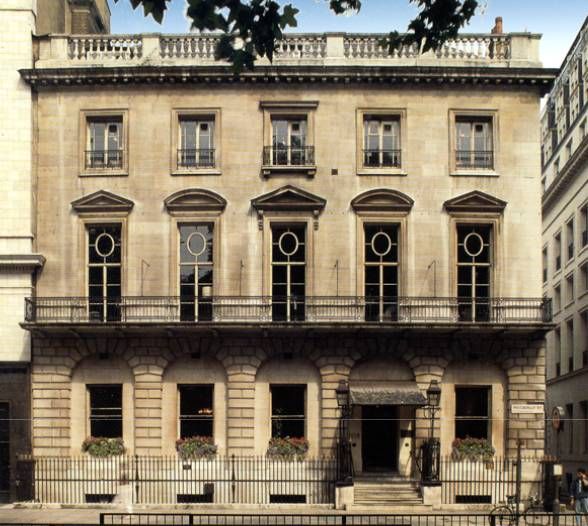
|
In these excerpts from my talk on London Mansions at the 2019 Beau Monde Conference in New York, we'll take a look at three mansions adapted for other uses: Uxbridge House, Crewe House, and Number 106 Piccadilly. In my opinion though these three examples are significantly smaller than the three previous subjects (Burlington, Devonshire, and Lansdowne Houses), they definitely qualify as Mansions. Above, an 1880 drawing of Uxbridge House in Burlington Gardens, at the corner of Saville Row. Built in 1721-23 by Giacomo Leoni, until 1778 it was the residence of the 3rd Duke of Queensbury and his protégé John Gay, the poet. Today's occupants are rocking the foundations of Saville Row, where the tailors are afraid the new digs will lower the distinction of their fabled street. It is the home of Abercrombie in London and it’s bare-chested models on bill boards, sides of buses, and in the tube, have set London ablaze all over again. In a way it has stimulated a renaissance on Saville Row, for the bespoke tailors were not only offended, but organized and now they are more amenable to serving their clients in China, New York, Los Angeles and Russia where perfectly tailored sober British suits are highly esteemed and unlikely to be replaced by American chinos. Nevertheless, Number 7 Burlington Gardens is a Grade II* building and will be preserved. Crewe House is now the embassy of Saudi Arabia, in Curzon Street. It was once owned by Edward Shepard, one of the earliest developers of Mayfair-- see Shepard Market. Much altered, it 'became' a late Georgian mansion owned by 1st baron Wharncliffe in 1818 as Wharncliffe House, then, in the late 19th century the townhouse of the Marquess of Crewe. Its forecourt and rear gardens are not open to the public of course, and they would be a mere shadow of their former selves. Above, a view of the Drawing Room of Crewe House, a pair of chair from the house at auction, and the house as it appeared before the iron fence and security cameras were installed. Many such houses with yards and stables in the forecourt and gardens either behind or beside, existed in Mayfair as London grew west. Coventry House, better known as 106 Piccadilly, is now a school, with a fee of more than 2200 pounds a year, built in 1759 as home for Sir Hugh Hunlock, or Hunloke. He sold it for £10,000 and ground rent of £75 per annum to George Coventry, 6th Earl of Coventry who hired Adam to remodel it in 1764. Coventry House was purchased by Comte de Flahaut, former aide de camp to Napoleon, and husband of Margaret Mercer Elphinstone, daughter of Admiral Lord Keith, and confidante of the late Princess Charlotte. Flahaut was the ambassador of France to Britain and this was their embassy; subsequently purchased from Madame de Flahaut, also known as Baroness Keith, it become the site of the St. James Club from 1868 to 1978 when the club merged with Brooks. Below, l to r, Emily Jane Flahaut, Baroness Nairne, daughter of the Flahauts who married Henry Petty Fitzmaurice, 4th Marquess of Landowne and became the marchioness and the mother of the 5th marquess and so forth; Before her marriage to General Flahaut in 1817, Mercer had been a close friend of Lord Byron who gave her the Albanian costume he wore in the painting below and which she wears in the engraving at right. Coventry House was once the site of the Old Greyhound Inn. It is a five bay structure with a handsome staircase and Adam ceilings and walls remaining on the piano nobile. Now 106 Piccadilly is a Grade 1 listed building, the Eaton Square Upper School for super rich kids. 
0 Comments
Leave a Reply. |
Victoria Hinshaw, Author
Archives
July 2024
Categories |


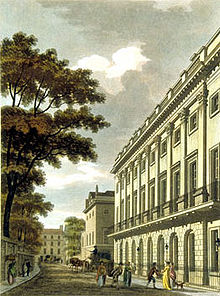

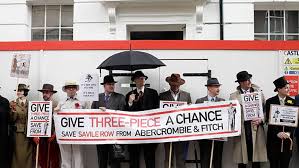
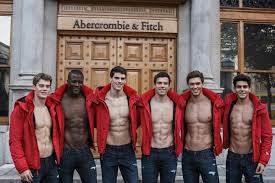
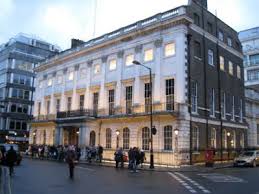
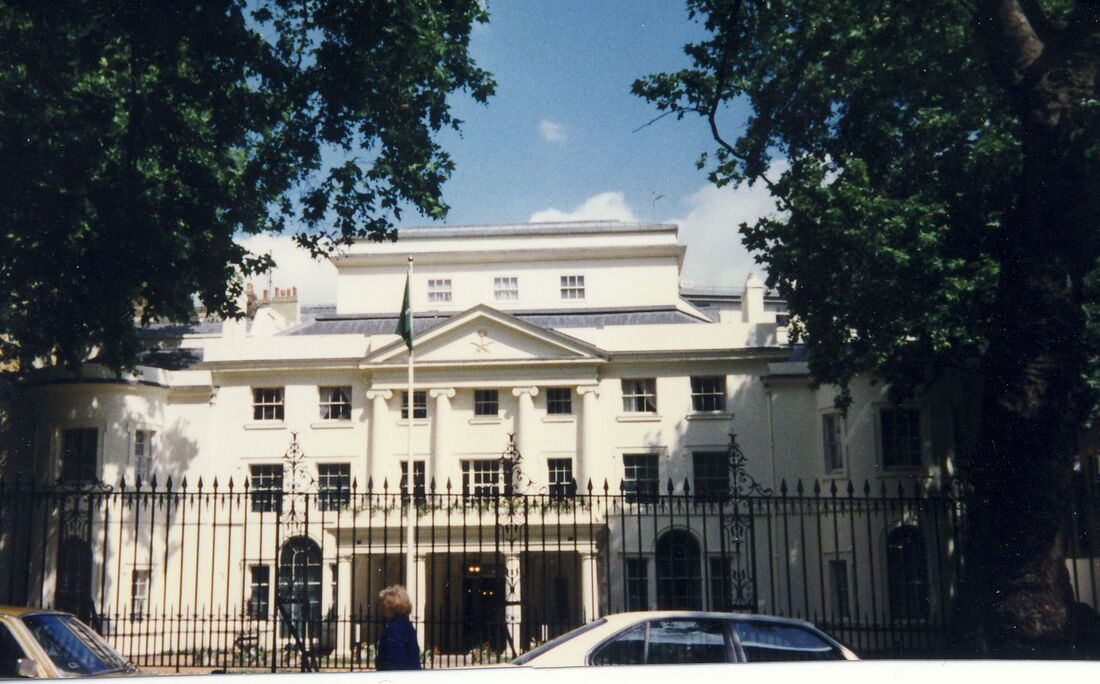
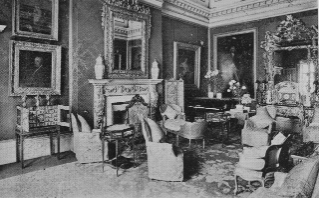

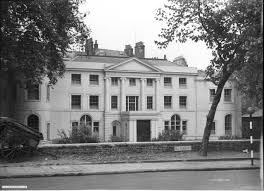
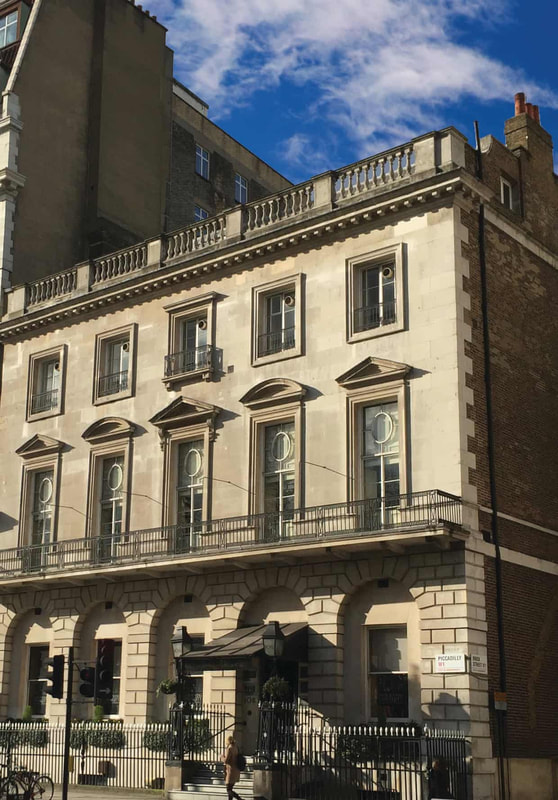

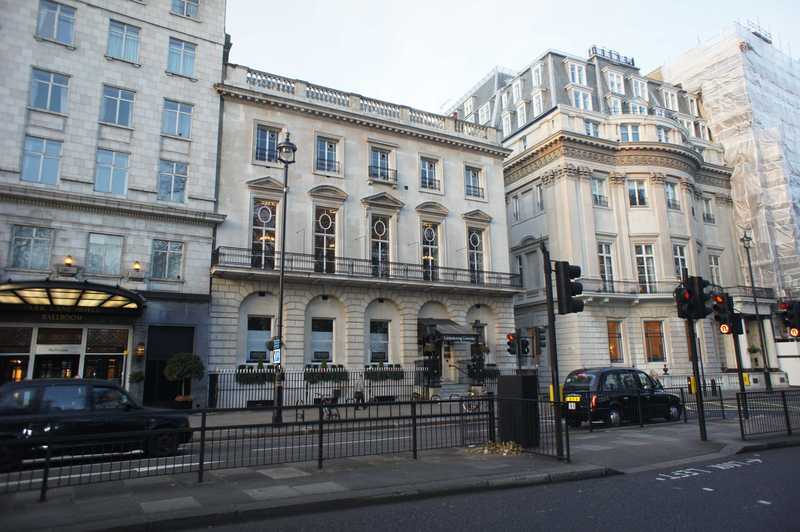
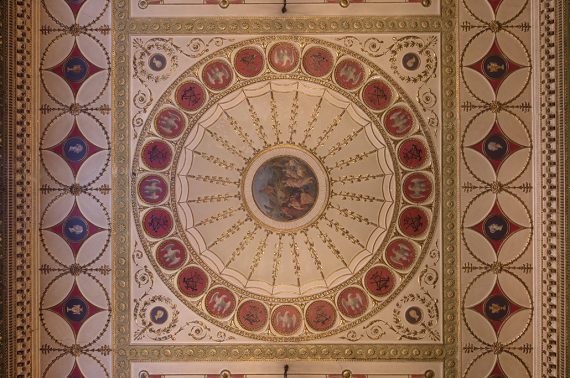
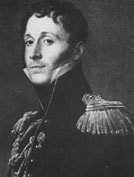

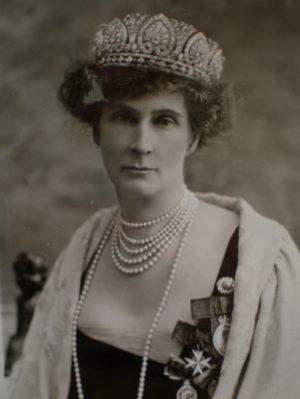
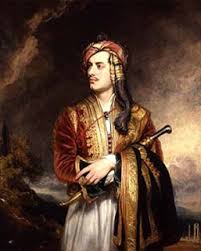
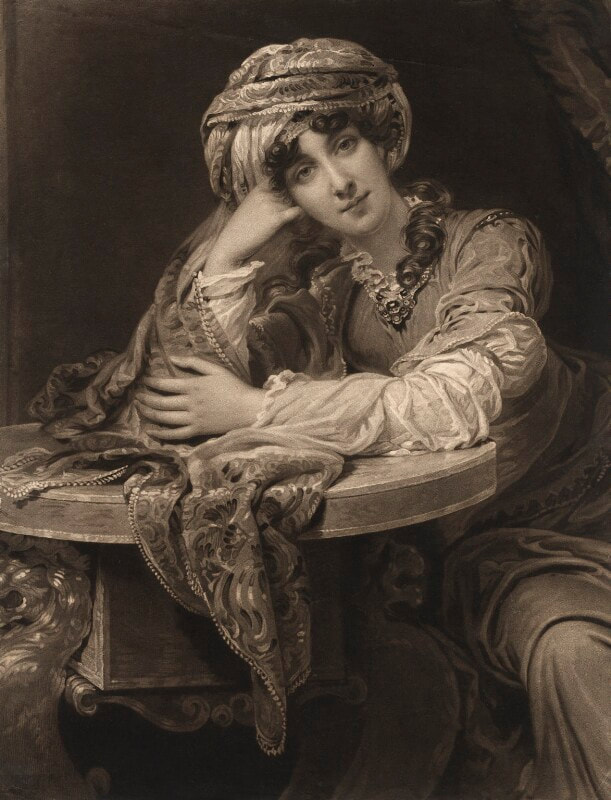
 RSS Feed
RSS Feed